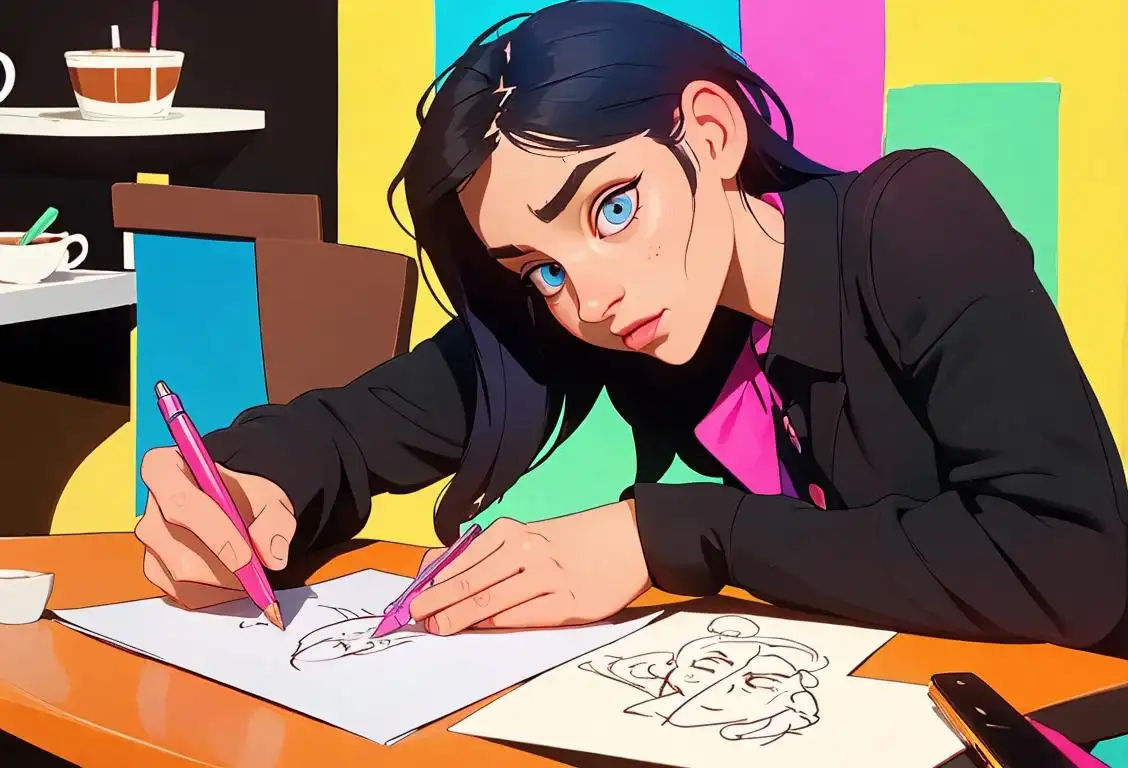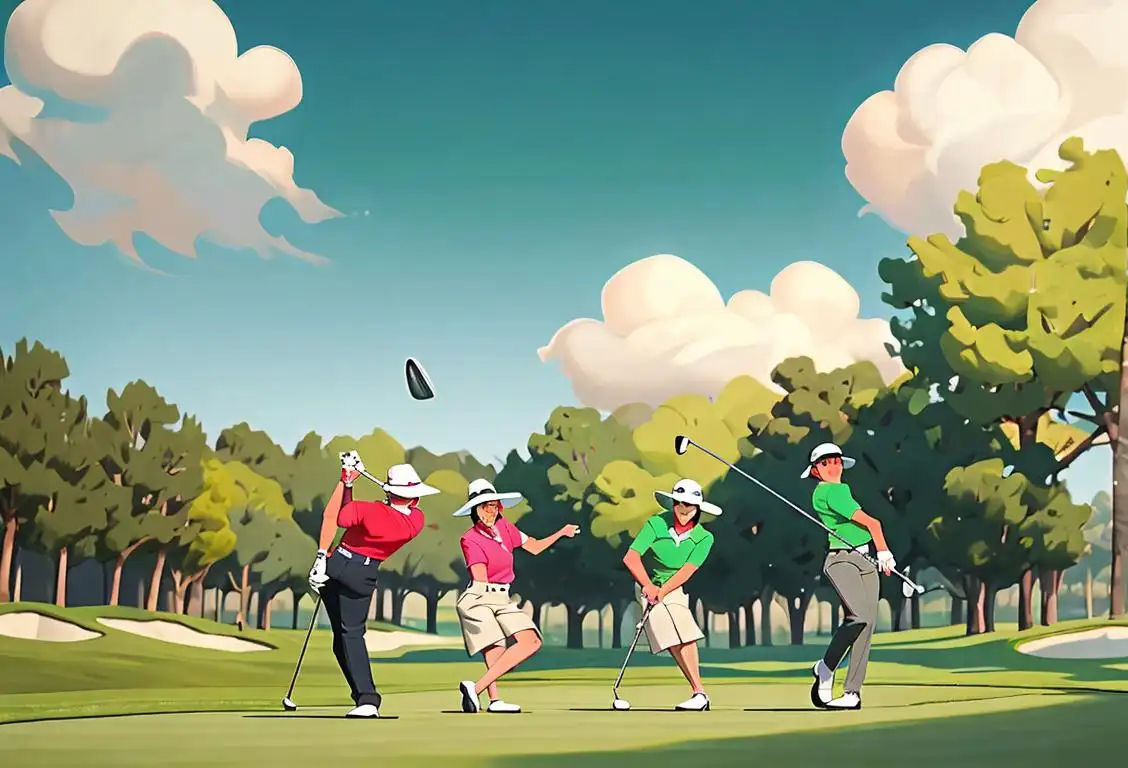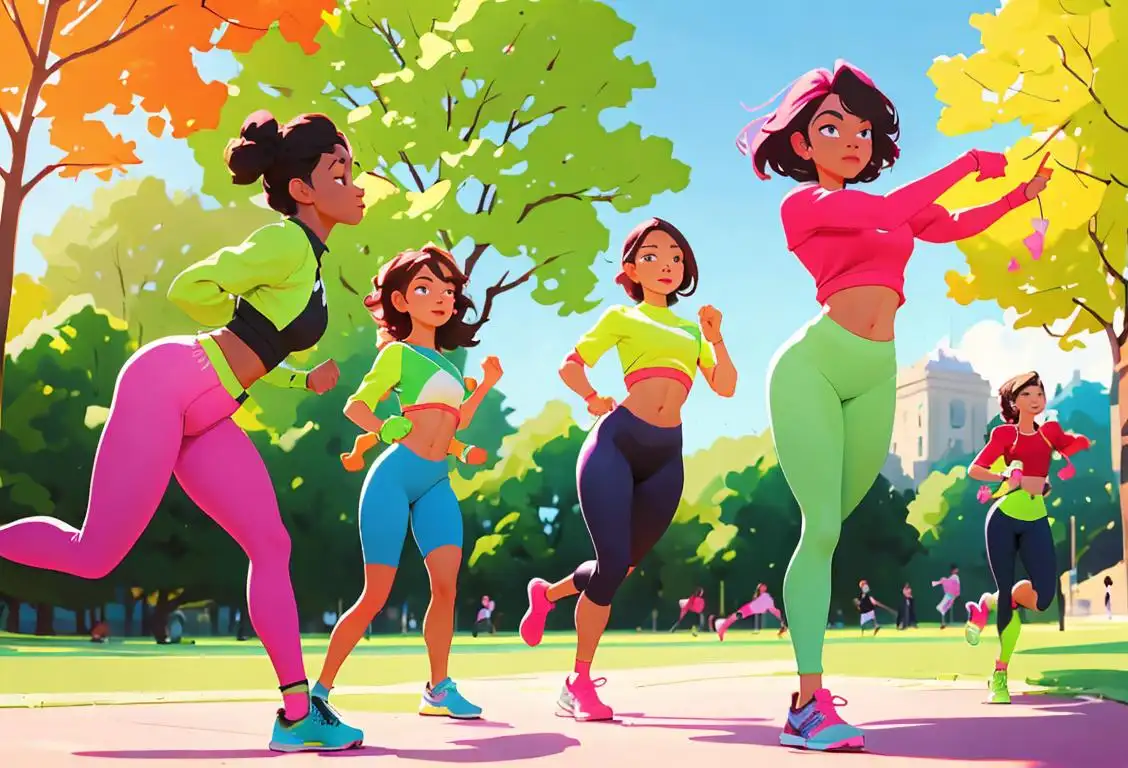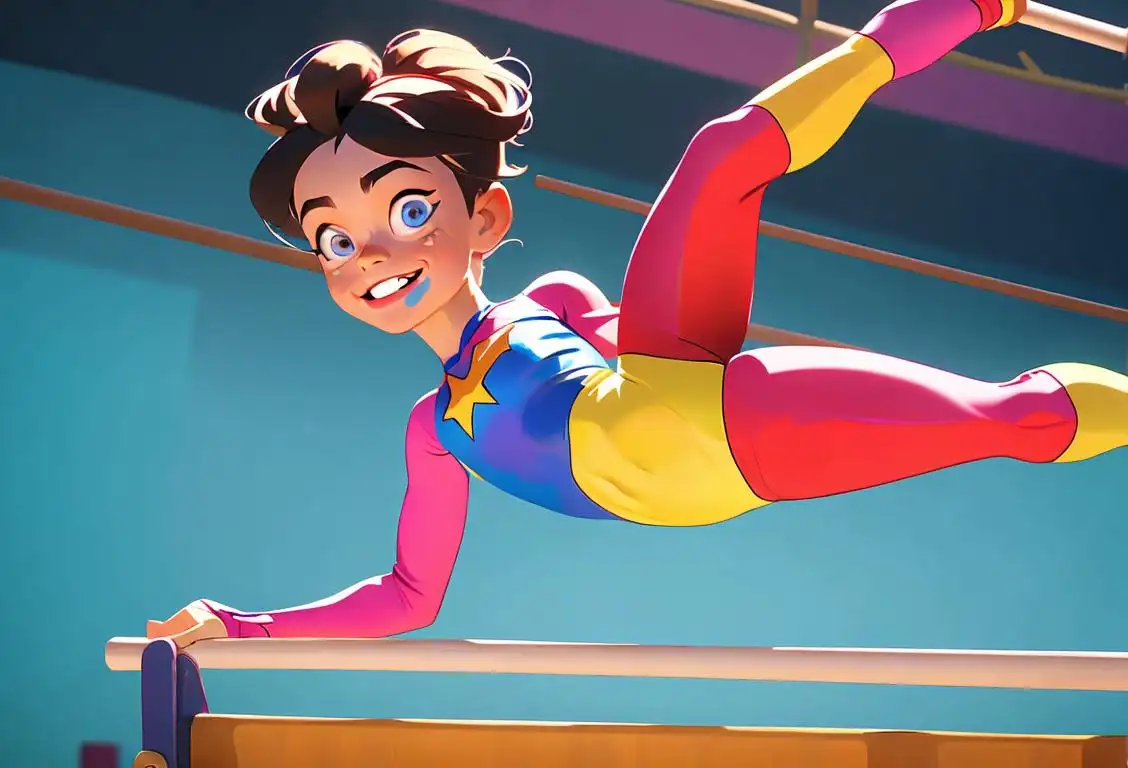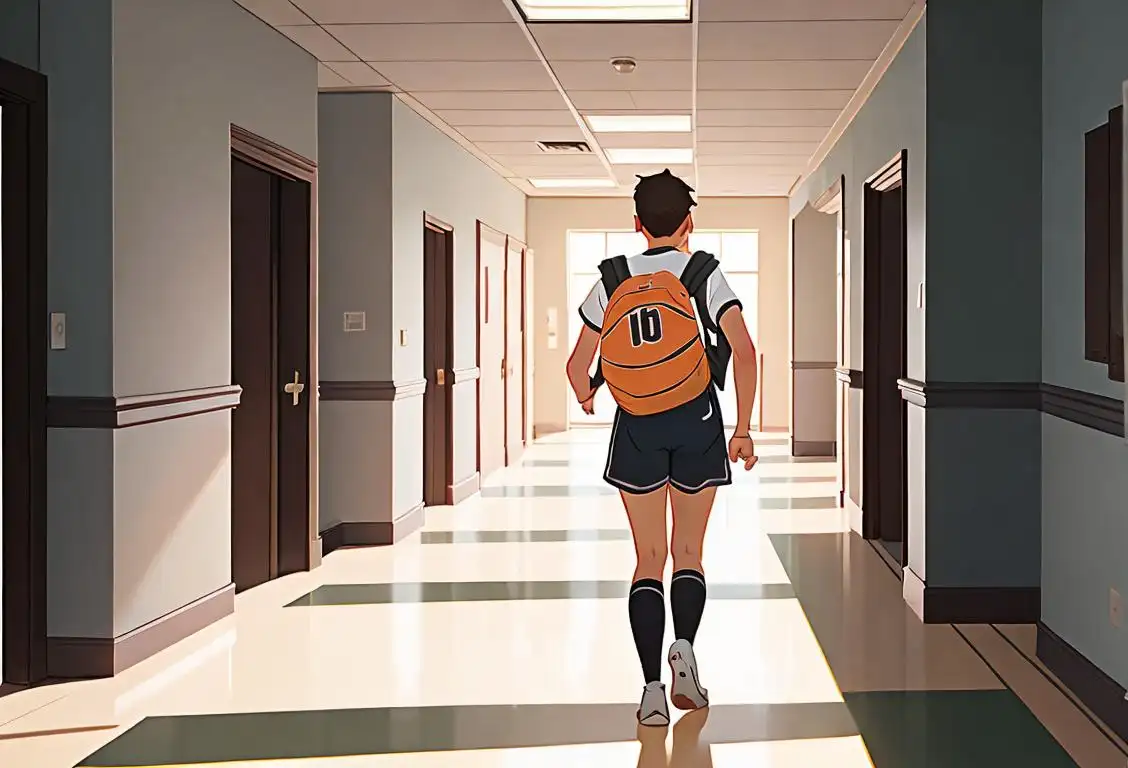National Skateboarding Day
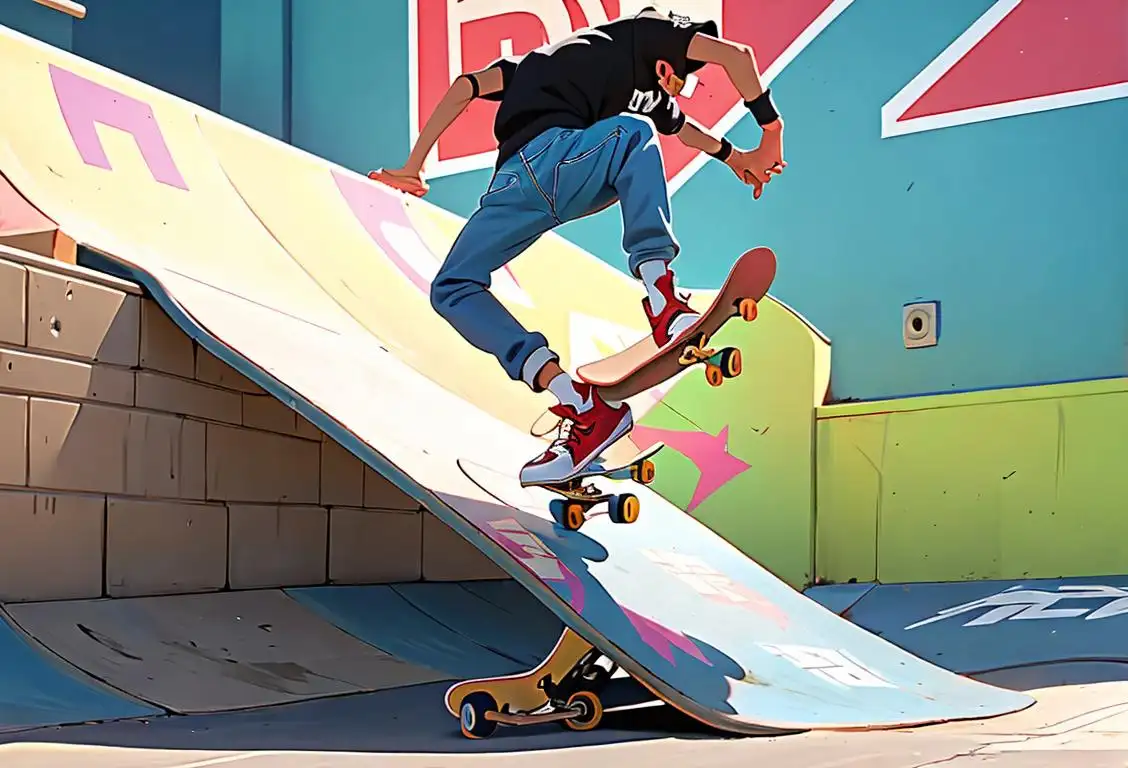
Hey there, fellow adventurers of the virtual realm! Today, we're going to dive into the fascinating history of National Skateboarding Day. So grab your helmets and knee pads, because we're about to take a spin through the internet's gnarliest day of celebration!
When is Skateboarding Day?
It's national skateboarding day on the 21st June.
The Birth of a Rad Holiday
National Skateboarding Day, a day dedicated to all things skateboarding, was first observed on June 21, 2004. Created by the International Association of Skateboard Companies (IASC), this groovy holiday aims to honor the sport and culture of skateboarding. It's a time to hit the ramps, shred the streets, and showcase your sick tricks!
To understand the significance of this day, we have to go back to the roots of skateboarding. It all began in the late 1940s and early 1950s when surfers in California wanted to keep the wave-riding vibe alive even when ocean waves were scarce. They came up with the brilliant idea of attaching roller skate wheels to a wooden board, and thus, skateboarding was born.
Throughout the years, skating evolved from a niche activity to a global phenomenon, inspiring countless individuals to push their limits and express themselves creatively. National Skateboarding Day serves as a reminder of the sport's rich heritage and the impact it has had on youth culture.
Celebrating the Skate Life
On this day, skateboarders of all ages and skill levels come together to amp up their stoke for the sport. From local skate parks to city streets, you'll find riders grinding rails, executing ollies, and soaring through the air with effortless style.
Skateboarding events are organized worldwide, including skatepark contests, demonstrations, and workshops for beginners. It's an opportunity to connect with the skateboarding community, make new friends, and learn from the pros. Don't be surprised if you catch a pro-skater showing off their skills and dazzling the crowd with jaw-dropping tricks!
Spreading the Skateboarding Love
Skateboarding isn't just about flips and tricks; it's also about embracing a culture of inclusivity, perseverance, and creativity. It encourages individuals to step out of their comfort zones and conquer new challenges. So, on National Skateboarding Day, it's not just about showing off your sweet moves but also about spreading the love for skateboarding.
Whether you're a seasoned skateboarder or just starting out, take this day as an opportunity to introduce the joy of skating to others. Share your passion, teach a friend how to ride, or even help build a new skatepark in your community. Let's keep the skateboarding spirit alive and thriving for future generations!
History behind the term 'Skateboarding'
1930s
The Birth of Sidewalk Surfing
In the 1930s, a new wave of surfing culture emerged in Southern California. Skateboarding, then known as 'sidewalk surfing,' began as a way for surfers to mimic the feeling of riding waves on land. Surfers would attach makeshift roller skates or wooden boxes with roller skate wheels to their surfboards and cruise down the streets. This early form of skateboarding laid the foundation for the sport we know today.
1950s
The First Skateboard
The 1950s saw the creation of the first commercially available skateboard. It was made from a wooden plank with metal wheels attached to a metal frame. American surfers Larry Stevenson and Hobie Alter are credited with producing some of the earliest skateboards. These early skateboards gained popularity among surfers during flat wave conditions or when they couldn't access the ocean. Skateboarding started to gain recognition as a separate sport from surfing.
1960s
The Skateboard Boom
In the 1960s, skateboarding experienced a significant boom in popularity. Manufacturers began producing skateboards with clay wheels, which offered better traction and smoother rides than their metal counterparts. Skateboarding competitions and exhibitions started to emerge, showcasing the skill and creativity of riders. Skateboarders began inventing new tricks and styles, pushing the boundaries of what was possible on a skateboard.
1970s
The Rise of Skateboarding Subculture
During the 1970s, skateboarding evolved into a full-fledged subculture. Skateboard parks were built across the United States, providing dedicated spaces for riders to practice and showcase their skills. The popularization of urethane wheels revolutionized skateboarding, offering superior grip and maneuverability. Skateboarding styles diversified, with freestyle, downhill racing, and vertical ramp riding gaining traction. The advent of fiberglass decks and trucks further enhanced the performance of skateboards.
1980s
The Golden Era of Skateboarding
The 1980s marked the golden era of skateboarding. The introduction of the kicktail, a slight upturn at the rear of the skateboard, allowed for easier tricks and aerial maneuvers. Skateboarding started to receive mainstream media attention, with magazines, videos, and movies showcasing the sport. Legendary skateboarders like Tony Hawk, Rodney Mullen, and Stacy Peralta became household names, propelling skateboarding into the mainstream spotlight.
1990s
Skateboarding Goes Underground
In the 1990s, skateboarding faced a decline in popularity. Many skate parks closed due to liability concerns, and the industry struggled financially. However, this period saw the rise of street skateboarding. Skateboarders took to urban environments, using stairs, handrails, and ledges as their playground. Underground skateboarding scenes thrived, with street-style tricks and videos becoming popular within the skateboarding community.
2000s
Skateboarding Enters the Mainstream Again
The 2000s witnessed the resurgence of skateboarding's popularity. The X Games, an annual extreme sports event, helped legitimize skateboarding as a professional sport. Skateboarding video games, such as the Tony Hawk's Pro Skater series, introduced the sport to a whole new generation. Skateboarding also became influential in fashion, music, and art. Skate parks were revitalized, and skateboarding culture began to blend with mainstream youth culture.
Present
Skateboarding's Continued Evolution
Today, skateboarding remains a global phenomenon. It has become an Olympic sport, making its debut at the 2021 Tokyo Games. Skateboarding continues to evolve, with riders constantly pushing the boundaries of what is possible on a board. Street skateboarding, vert skateboarding, and longboarding all coexist, each with its own unique style and community. Skateboarding has cemented its place in popular culture, inspiring generations of riders around the world.
Did you know?
Did you know that skateboarding will make its debut at the 2020 Summer Olympics in Tokyo? That's right! Skateboarders from around the world will showcase their skills and compete for gold in events like street and park skateboarding. Talk about taking skateboarding to new heights!Tagged
awareness fun sportsFirst identified
20th June 2015Most mentioned on
21st June 2016Total mentions
247Other days
Wing Day
Left Handers Day
Golf Day
Fitness Day
Foundation Day
Cancer Survivors Day
Dance Day
Memorial Day
Gymnastics Day
Student Athlete Day

